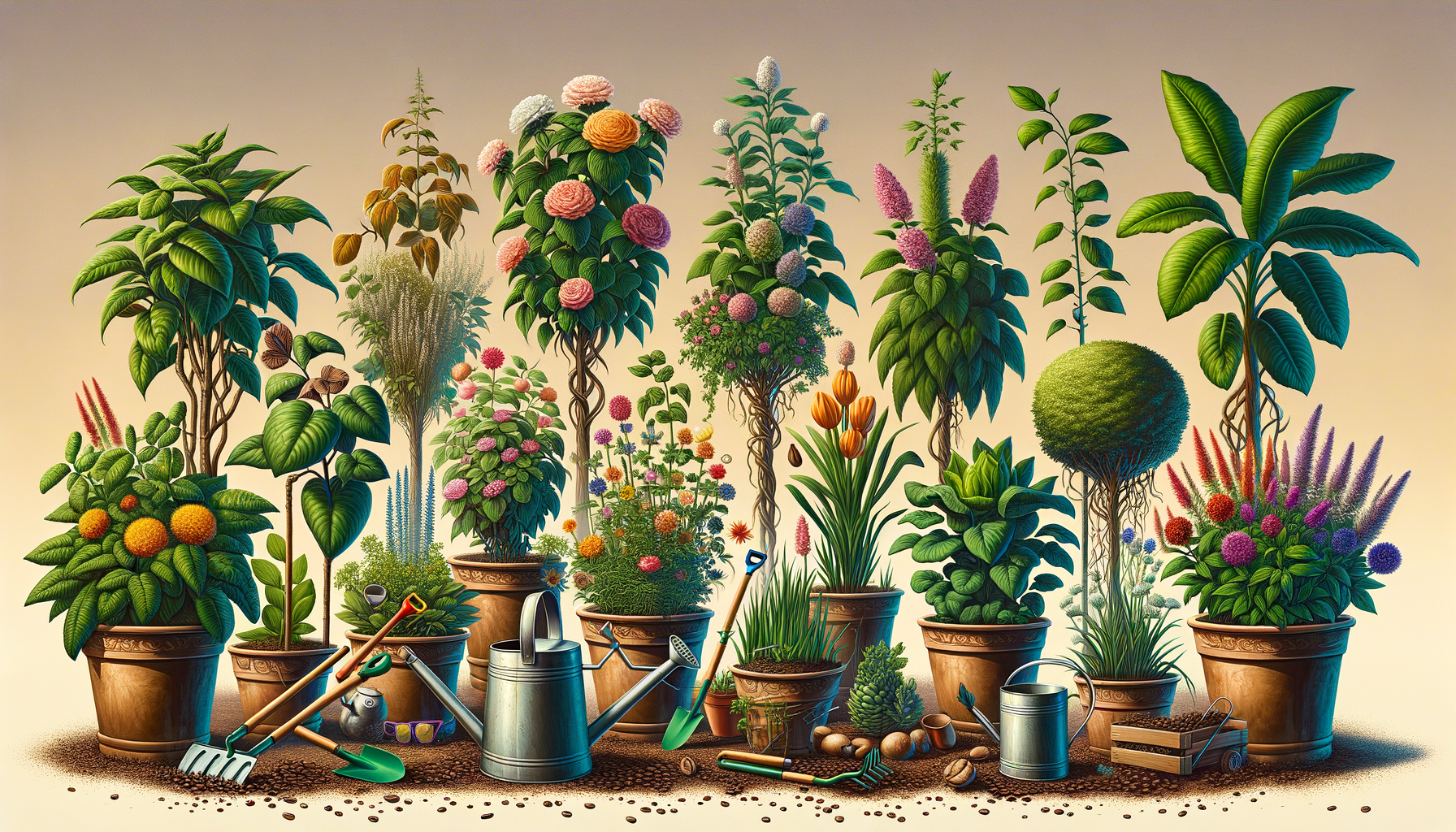Could Leftover Coffee Go With Any of These 7 Plants?
Learn how used coffee grounds are occasionally mentioned in gardening content alongside these common plants.

Introduction to Coffee Grounds in Gardening
Gardening enthusiasts are always on the lookout for natural and sustainable ways to enrich their soil and support plant growth. One such method that has gained popularity is the use of coffee grounds. This practice not only recycles waste but also offers potential benefits to plants. However, it’s essential to understand how and when to use coffee grounds effectively. This article explores the relationship between coffee grounds and seven common plants, providing insights into their compatibility and potential benefits.
Benefits of Using Coffee Grounds in the Garden
Coffee grounds are rich in nitrogen, a vital nutrient for plant growth. When incorporated into the soil, they can enhance its structure and fertility. Additionally, coffee grounds can improve drainage and water retention, creating a more favorable environment for plant roots. They also attract earthworms, which aerate the soil and contribute to nutrient cycling. However, it’s crucial to use coffee grounds in moderation, as excessive amounts can lead to soil acidity and hinder plant growth.
- Rich in nitrogen, providing essential nutrients for plants.
- Improve soil structure, drainage, and water retention.
- Attract beneficial earthworms to the garden.
Despite these benefits, not all plants respond positively to coffee grounds. Understanding which plants thrive with this addition can help gardeners make informed decisions.
Plants That Benefit from Coffee Grounds
Several plants are known to benefit from the addition of coffee grounds to their growing environment. Acid-loving plants, such as blueberries and azaleas, thrive in slightly acidic soil conditions that coffee grounds can help create. Additionally, root crops like carrots and radishes can experience improved growth when coffee grounds are mixed into the soil, as they enhance soil structure and nutrient availability. However, it’s important to monitor the soil’s pH levels to ensure they remain within the optimal range for these plants.
For gardeners looking to experiment, consider using coffee grounds with the following plants:
- Blueberries
- Azaleas
- Carrots
- Radishes
These plants can potentially benefit from the added nutrients and improved soil conditions, leading to healthier growth and higher yields.
Potential Drawbacks and Considerations
While coffee grounds can offer benefits, there are also potential drawbacks to consider. The primary concern is the impact on soil pH. Coffee grounds are acidic, and excessive use can lead to overly acidic soil conditions, detrimental to many plants. It’s essential to test soil pH regularly and adjust the application of coffee grounds accordingly. Another consideration is the potential for mold growth. If coffee grounds are applied too thickly or left to sit on the soil surface, they can become moldy, which may negatively affect plant health.
To mitigate these risks, gardeners should:
- Use coffee grounds in moderation.
- Mix them into the soil rather than leaving them on the surface.
- Regularly test soil pH and adjust usage as needed.
By taking these precautions, gardeners can enjoy the benefits of coffee grounds while minimizing potential downsides.
Conclusion: Making the Most of Coffee Grounds in Gardening
Incorporating coffee grounds into gardening practices offers a sustainable way to recycle waste and potentially enhance plant growth. By understanding the specific needs of different plants and monitoring soil conditions, gardeners can effectively use coffee grounds to benefit their gardens. While not all plants will thrive with this addition, those that do can experience improved growth and vitality. As with any gardening practice, moderation and careful observation are key to success.
For gardening enthusiasts eager to explore natural methods, coffee grounds present an intriguing option worth considering. With thoughtful application, they can become a valuable tool in the gardener’s toolkit.